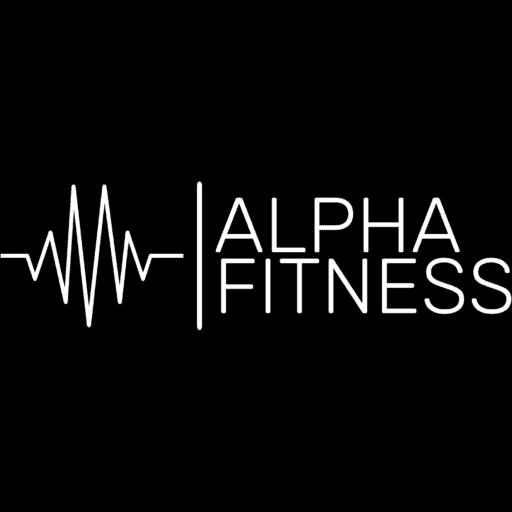
Flexibility refers to the ability of muscles and joints to move through their full range of motion. It involves the ability of a joint to move freely without any restrictions and the lengthening of muscles surrounding that joint. Flexibility is an important component of overall fitness and plays a crucial role in various aspects of physical health and performance. Here are key aspects of flexibility:
Range of Motion (ROM): Flexibility is closely tied to the range of motion in your joints. The greater the flexibility, the more extensive the range of motion a joint can achieve.
Muscle Length: Flexibility is influenced by the length of muscles and tendons. Muscles that are more flexible can stretch and lengthen, allowing for a broader range of motion.
Joint Health: Maintaining flexibility contributes to joint health. Regular stretching can help prevent stiffness in the joints and reduce the risk of injuries, especially as part of a warm-up routine.
Posture and Alignment: Good flexibility supports proper posture and body alignment. Flexible muscles allow for a more neutral and balanced alignment, reducing the strain on joints and muscles.
Injury Prevention: Adequate flexibility can help prevent injuries by allowing the body to move more freely and absorb forces during physical activities. Muscles and joints that lack flexibility are more prone to strains and sprains.
Improved Performance: Flexibility is an essential component of athletic performance. Athletes in various sports benefit from increased range of motion, whether it’s in activities like running, jumping, or performing complex movements.
Muscle Balance: Flexibility contributes to muscle balance. Imbalances in muscle length and flexibility can lead to poor movement patterns, increasing the risk of injury.
Types of Flexibility:
Static Flexibility: The ability to stretch a muscle to its furthest point and hold it in that position. Examples include static stretching or yoga poses.
Dynamic Flexibility: The ability to move a joint through its range of motion with control. Dynamic flexibility is often emphasized in activities like dynamic stretching or functional movements.
Below is a list of useful links:
- Protein is one of the most essential macronutrients for muscle growth
- Muscle strength requires the optimal protein intake
- Box jumps strengthen your lower body
- Lat Pulldown promotes good postures and spinal stability
- A little walk can change your body shape
Factors Influencing Flexibility:
Genetics: Genetic factors play a role in determining an individual’s natural flexibility.
Age: Flexibility tends to decrease with age, but regular stretching can help maintain and improve it.
Activity Level: Regular physical activity and stretching contribute to better flexibility.
Temperature: Muscles tend to be more flexible when warm, which is why stretching is often included in warm-up routines.
Incorporating flexibility exercises, such as stretching, into your regular fitness routine is essential for maintaining and improving flexibility. It’s important to note that flexibility can be developed and improved over time with consistent and appropriate stretching exercises. If you have specific health concerns or conditions, it’s advisable to consult with a fitness professional or healthcare provider to create a flexibility program that suits your individual needs and goals.



